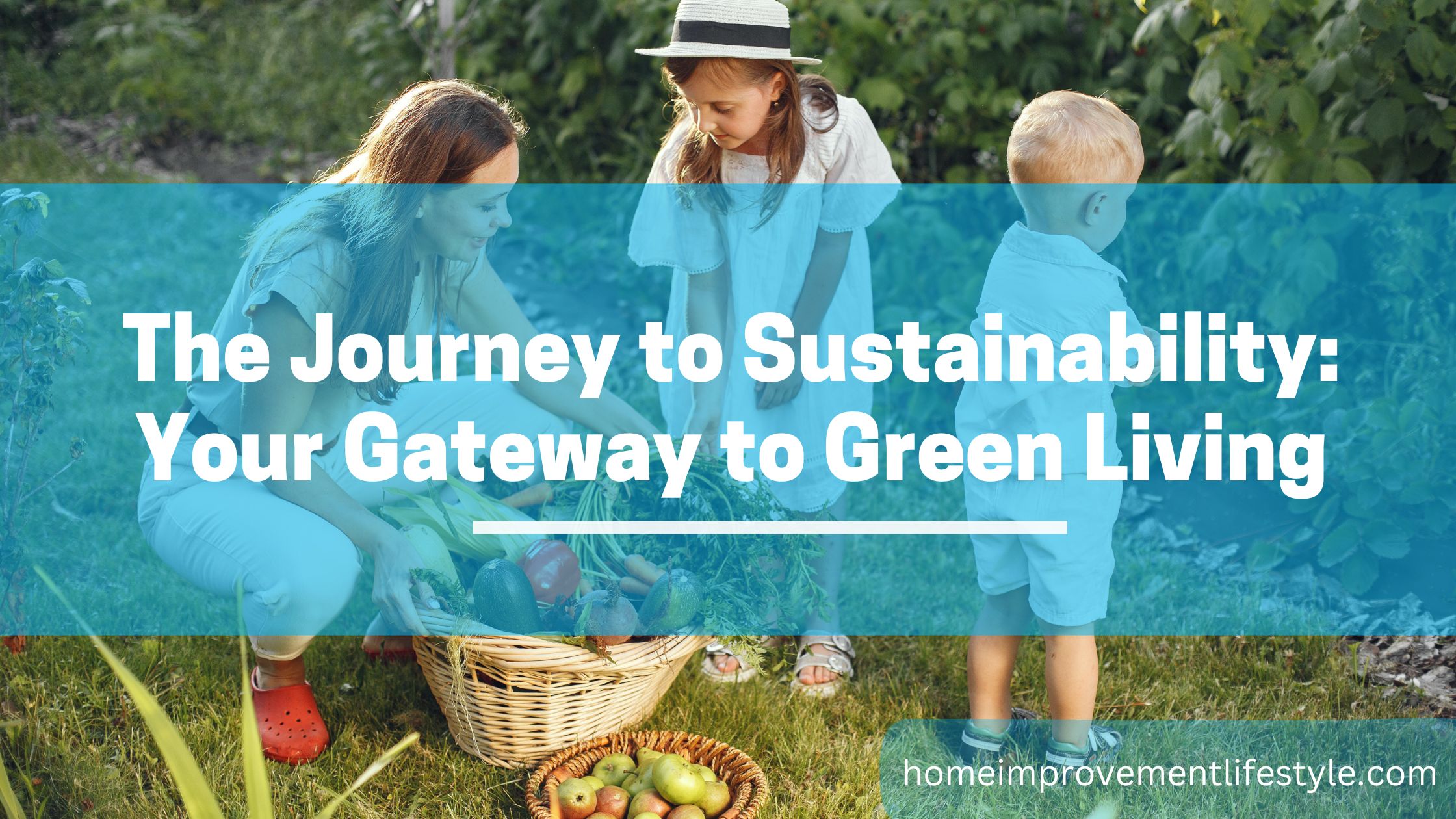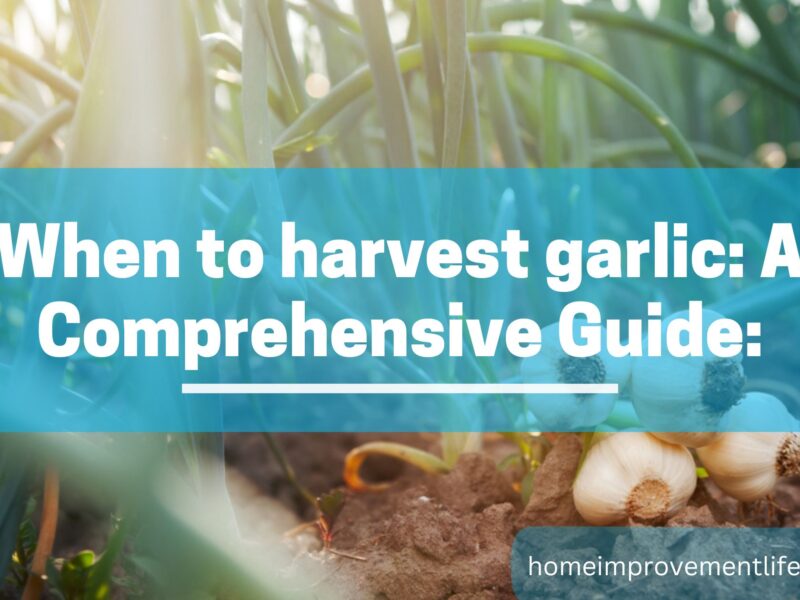At its core, sustainable living is a commitment, a philosophy centered around consciousness and mindfulness toward the environment. It implies leading a lifestyle that facilitates the conservation of resources, reduction of waste and environmental footprint, indulging in practices that don’t deplete or permanently damage our planet’s resources. Sustainable living encourages us to meet our daily needs without compromising the ability of future generations to meet their own.
What Is Sustainable Living?
Sustainable living refers to a lifestyle that aims to reduce an individual’s or society’s use of the Earth’s natural resources and one’s personal resources. It’s often associated with practices such as reducing waste, reusing and recycling, and conserving water and energy.
Moreover, sustainable living can involve efforts to minimize carbon footprint and greenhouse gas emissions by altering methods of transportation and diet. Ultimately, the goal of sustainable living is to cause minimal impact on the earth and to create a better and healthier living environment for current and future generations.
The Importance of Transitioning to Sustainable Living
With burgeoning global environmental issues such as climate change, deforestation, pollution, and the rising scarcity of natural resources, transitioning toward sustainable living has never been more significant. Each step we take in this direction helps in reducing the strain on earth’s natural resources, ensuring that our planet can sustain life for centuries to come.
But the reasons to live sustainably don’t stop at environmental responsibility. Personal advantages, such as better health, financial savings, and increased self-sufficiency are equally compelling. And in the broader context, sustainable practices often support fair trade and ethical labor practices, promoting a more just global economy.
With so much to gain for ourselves, our community, and our planet, adopting sustainable practices opens pathways toward a healthier and more rewarding existence.
Common Misconceptions about Sustainable Living
Several misconceptions surround sustainable living, with many assuming it’s an all-or-nothing lifestyle that involves expensive organic food, eclectic survival skills, or complete off-the-grid living.
In reality, sustainable living is about making better choices within one’s individual context and abilities. It doesn’t always require drastic changes; small, incremental steps can also contribute significantly to sustainability. Additionally, sustainable choices are not always more expensive; for example, buying in bulk or choosing seasonal, regional produce can be cost-effective.
Transitioning to Sustainability
Transitioning to sustainability starts with awareness and identification. Simple activities, such as turning the lights off when leaving a room or reducing water consumption while brushing your teeth, have the potential to conserve significant resources over time. Awareness of one’s consumer habits also offers insights for change; opting for durable goods over disposable items reduces waste and often saves money in the long term.
Simple Steps toward a Sustainable Lifestyle
Small steps play a pivotal role in the transition toward a sustainable lifestyle. These include the following:
- Recycling
- Carpooling
- Reducing energy consumption
- Eating less processed food
- Reducing water usage
The key is to start somewhere, adjusting and adding more sustainable habits over time. Keep in mind that change is a process, not an occurrence.
Exploring the Challenges and Overcoming Barriers
While transitioning toward sustainable living is rewarding, it can also present challenges, including the following:
- Limited access to recycling facilities
- Higher up-front costs for energy-saving appliances
- Difficulty finding organic, packaging-free produce
However, overcoming these barriers is possible with planning, research, and dedication. Online forums, local community groups, or sustainability-focused apps can offer invaluable advice, support, and inspiration in these scenarios.
Benefits of Sustainable Living
The shift toward a more sustainable lifestyle brings about multifaceted benefits that affect our environment, economy, society, and individual health. Understanding these benefits allows us to better appreciate the ripple effect of our actions and their far-reaching impact on the world.
Environmental Impact
Sustainable living dramatically lessens the strain on our Earth’s natural resources. When we reduce, reuse, and recycle, we decrease demand for new materials, thus reducing the amount of energy expended and waste produced in production processes. This subsequently lowers pollution levels and greenhouse gas emissions, which are significant contributors to climate change.
Additionally, sustainable habits like choosing organic produce over conventionally grown options support farming practices that don’t use harmful pesticides and synthetic fertilizers, protecting the biodiversity of our ecosystems.
Economic Benefits
The savings that come with sustainable living can often be surprising. Sustainable energy sources like solar panels for the home and energy-efficient homes and appliances may cost more up front, but they reduce electricity bills significantly over time. Similarly, choosing reusable items over disposable ones results in long-term savings. Moreover, driving less, walking or cycling more saves on fuel costs.
Sustainability can also create new economic opportunities. The green job sector, for instance, is one of the fastest-growing sectors in the economy, with renewable energy jobs being set to replace traditional fossil fuel occupations.
Social and Health Benefits
Sustainable living goes beyond just being kind to the Earth; it affects societal health as well. It promotes social equity by leveling the playing field between developing and developed nations throughout the world. Fair trade, the use of labor fairly compensated in its creation, is a cornerstone practice in sustainable living, thereby improving living conditions globally.
On a personal level, sustainable living has numerous health benefits. Organic food is free from harmful pesticides and usually fresher. Consuming less processed food and promoting active transportation methods like walking and cycling can greatly enhance physical well-being.
In sum, adopting sustainable practices brings about a myriad of benefits that propagate from an individual level to a global scale. It’s a win-win situation, enabling us to live healthy, fulfilling lives while preserving and protecting the planet for future generations.
Best Practices and Habits for Sustainable Living
Adopting a sustainable lifestyle involves integrating a variety of green habits into your daily routine. Here are a few tangible and practical ways you can contribute to making our world a little greener.
Adopt Eco-friendly Commuting Methods
Transportation is one of the significant contributors to carbon emissions globally. Choosing environmentally friendly alternatives plays a massive role in reducing these emissions. Consider biking, walking, or using public transportation for local travels. If you need to use a car, try to carpool to reduce the number of vehicles on the road. Those who often fly might consider offsetting their carbon emissions through programs that invest in renewable energy or reforestation projects.
Minimize Waste by Recycling and Reusing
A key step toward sustainable living is reducing the waste we produce. A central approach to waste reduction is following the 3Rs: Reduce, Reuse, Recycle. Use reusable bags, bottles, and containers, and recycle wherever possible. Keep in mind, however, that while recycling is good, reducing and reusing are even better. For example, composting kitchen waste not only reduces the amount of garbage sent to the landfill but also returns valuable nutrients to the soil.
Transition to Organic and Zero Waste Grocery Shopping
Food and groceries are an everyday necessity, and thus, an excellent area to implement sustainable practices. Opt for locally grown, seasonal produce to reduce carbon emissions linked to transportation. Consider bulk buying to reduce packaging waste. Looking for organic produce can help support environmentally friendly farming practices.
Implement Energy-Efficient Solutions at Home
Making your home energy efficient is a profound step toward sustainable living. Start by switching to energy-efficient light bulbs, turning off appliances when not in use, and properly insulating your home for better heat retention. If possible, install renewable energy solutions like solar panels. Water usage, often overlooked, is equally crucial; fixing leaks, installing low-flow appliances, and using water-efficient washing machines can lead to noticeable water and energy savings.
Adopting sustainable habits does not need to be an overwhelming transition. Remember, it is not about being perfect but about making better choices when you can. With every small step, you contribute to a more sustainable world.
Grow Your Own Food
One of the most direct ways to live more sustainably is to grow your own food. This not only reduces the carbon footprint associated with transporting food from farm to supermarket to home, but also eliminates most, if not all, of the packaging that comes with store-bought produce. Plus, homegrown fruits and vegetables often taste better because they can be harvested at the peak of ripeness.
Starting your own food garden doesn’t necessarily require a large space. Container gardening is an option in limited spaces, like a balcony or small yard. For beginners, start with easy-to-grow vegetables like lettuce, radishes, or bell peppers. As your confidence grows, you can expand your selection to include a variety of foods.
Raise Livestock and Bees
More experienced homesteaders might take steps toward raising small livestock such as chickens or goats. Chickens can be a source of fresh eggs, and they help control pests in your garden, while goats (in areas where they’re allowed) can provide milk and cheese. These activities bond us closer to our food supply, fostering respect and appreciation for the resources nature provides.
Beekeeping is another avenue to sustainability. Bees play an integral role in pollinating many of the plants that make up the world’s food supply. Urban beekeeping using modular bee boxes provides a habitat for bees and helps to boost the overall health of the local ecosystem. Plus, the bees will reward your efforts with honey—a sweet treat that’s the perfect substitute for processed sugar.
It’s essential to research and understand the needs and best practices of raising livestock and bees before embarking on these ventures. Not every activity will be suitable for every living situation, and the welfare of the animals and insects should always be a primary concern.
Impact on Communities
Sustainable actions often have ripple effects that directly benefit our local communities. For instance, when we support local businesses and farmers, we reinvest in our communities, fostering local economies and reducing carbon footprints linked to shipping goods.
Participating in local community garden programs encourages creation and awareness around healthy, locally grown food. Moreover, initiatives like local clean-ups play a pivotal role in maintaining clean, inviting spaces to live, work, and play.
The Global Impact and Benefits of Sustainable Living
Sustainable living also creates positive worldwide effects. On a macroscale, sustainable practices can help abate climate change by reducing greenhouse gas emissions. Fair trade initiatives, integral to a sustainable lifestyle, foster ethical labor practices, reducing exploitation, and promoting decent working conditions globally. By sharing sustainable practices and knowledge, we can collectively contribute to global movements toward a more sustainable future.
Tools and Resources for Sustainable Living
Here are some tools you can use to start your journey toward sustainable living:
Apps and online tools that facilitate sustainable living
Several applications, like Oroeco, GreenChoices, and myFOODapp, allow tracking and managing various aspects of a sustainable lifestyle, like carbon footprints or sustainable food choices. Websites like the Environmental Working Group offer valuable resources to learn more about living sustainably.
Books and Online Resources to Learn More About Sustainability
Books like The Story of Stuff by Annie Leonard, No Impact Man by Colin Beavan, and films like An Inconvenient Truth can provide valuable insights and guidance for those seeking a deeper understanding of sustainability.
Local and Global Initiatives Promoting Sustainable Living
Look for local programs and initiatives promoting sustainable practices—things like farmer’s markets, community gardens, and recycling drives. Global efforts like Earth Hour, World Cleanup Day, and numerous programs run by the United Nations and other sustainability-focused organizations also offer opportunities to get involved.
Start Your Journey toward Sustainable Living Today!
Sustainable living is not just about reducing our carbon footprints. It’s a comprehensive lifestyle that promotes better quality of life for us, our communities, and our planet. Every step we take toward living more sustainably leads us to a healthier and more conscious lifestyle. Remember, the transition to sustainable living is a journey filled with incremental steps, not a race. You don’t have to adopt every sustainable habit overnight.
The 2020 Circularity Gap Report estimates that the global economy is only 8.6% circular, highlighting the need for more sustainable practices. We can all contribute to elevating this figure by changing aspects of our lifestyles. Start by adopting one sustainable habit today, and then another, and then another—every step counts. Your actions will contribute significantly to the global movement toward a flourishing and sustainable world.


